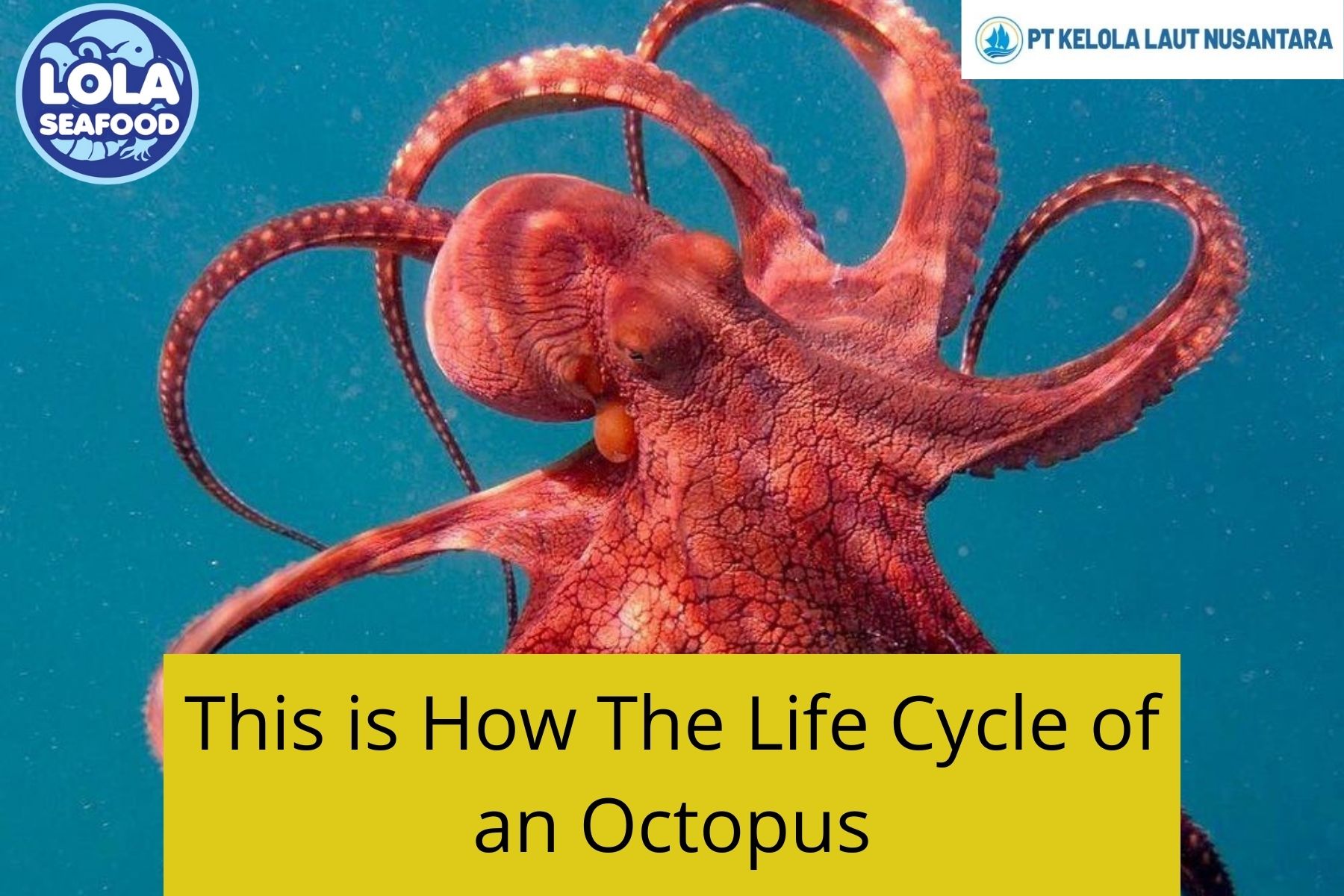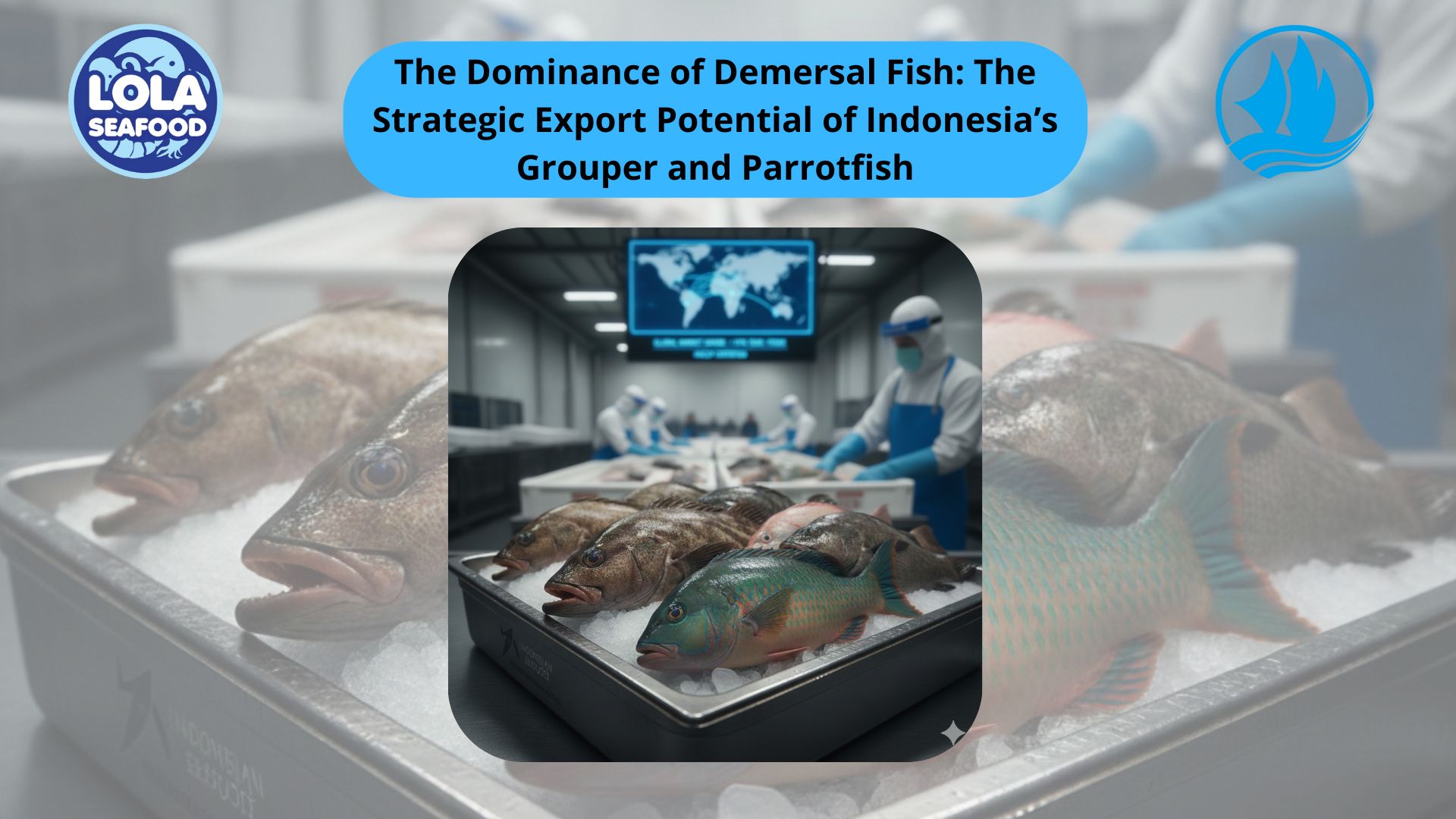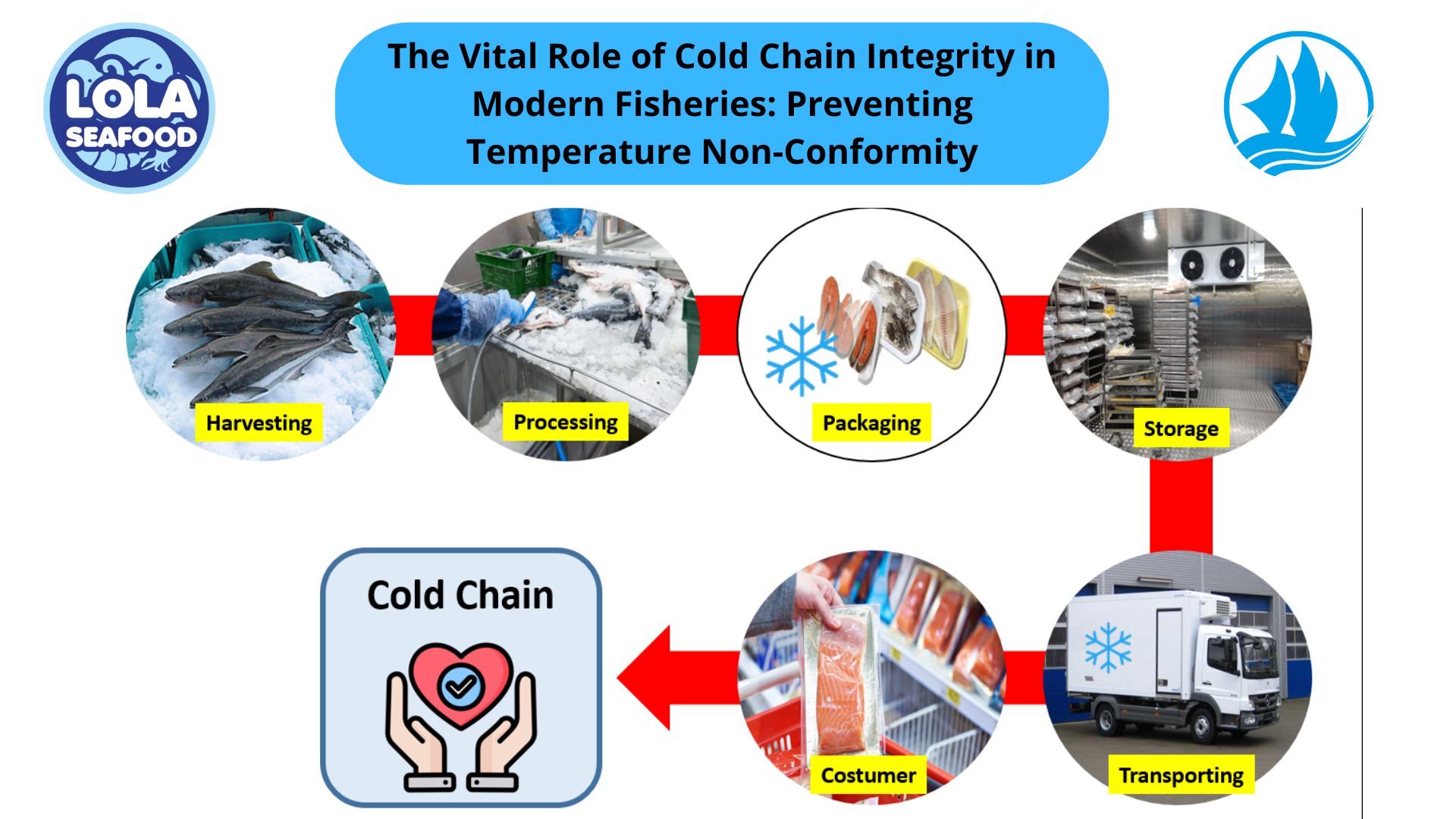This is How The Life Cycle of an Octopus
By. Najih - 06 Mar 2024
kelolalaut.com The octopus is a marine mollusk and a member class of the Cephalopoda. Cephalopoda means “head foot” in Greek, and in this class of organisms, the head and feet are merged. A ring of eight equally-long arms surrounding the head. They are known for their eight long arms, often mistaken for tentacles, and their bulbous heads. The size of an octopus can range from as small as 5 cm to as large as 6 meters, depending on the species. Octopuses are found in every ocean on Earth, but are most common in tropical waters. They have a unique body structure with a pouch-like head, compound eyes, and eight arms connected by a tissue called the skirt. The mouth of an octopus is located at the center of the skirt, and its mantle, which houses its gills, heart, and other vital organs, is located behind its head.
Related article : 5 Sea Creatures That Can Be Used As Collagen Sources
The Life Cycle of an Octopus
Stage 1: The Egg
Once fertilized, the female octopus lays thousands of tiny eggs, often exceeding 10,000 in number. These eggs, which measure about 0.3 cm in length, are carefully hidden in small holes or under rocks by the mother. She diligently cleans and guards these eggs until they hatch, often risking her own life to protect them.
Related article : Cephalopods : Camouflage Geniuses
Stage 2: The Larvae
After four to eight weeks, the eggs hatch into larval octopuses. These tiny creatures resemble miniature adults and initially drift near the surface of the ocean, feeding on larval crabs, starfish, and lobsters. After some time, they descend to the ocean floor, where they continue to grow and develop.
Related article : Here Are Cuttlefish Incredible Ability
Stage 3: The Juvenile
The juvenile stage of an octopus is characterized by rapid growth. The octopus feeds constantly, increasing its weight by 5% each day. By the end of its life, an octopus will weigh about a third as much as the food it has consumed. If conditions are favourable, the juvenile octopus will soon transition into the adult stage.
Related article : 4 Stages of Octopus Life Cycle
Stage 4: The Adult
Upon reaching adulthood, octopuses are ready to mate. The male octopus uses a specialized arm, the hectocotylus, to deposit sperm into the female's mantle cavity. After mating, the male dies within a few months, while the female dies shortly after her eggs hatch. Some species of octopus are capable of storing sperm for several weeks after mating.
If youre interested in our Baby Octopus Flower and Baby Octopus Whole Cleaned please do not hesitate to contact us through email and/or whatsapp.

The Dominance of Demersal Fish: The Strategic Export Potential of Indonesia’s Grouper and Parrotfish

Mitigating Biological and Chemical Hazards: Our Rigorous 7-Step HACCP Protocol in Wild-Caught Fisheries


.jpg)



